Elections and Political Uncertainty – Critical drivers of Gold Demand and the Gold Price
This year is shaping up to be a perfect storm for political risk and uncertainty, given that in addition to the upcoming US presidential and Congress elections, we have already seen major shifts in the political landscapes of two other G7 countries, France and the United Kingdom.
While often underappreciated, elections and changes in governments in major economies like the US, UK, and France create political uncertainty that can have a significant impact on financial market stability, investor sentiment, and on macro factors such as interest rates, US dollar strength, and geopolitical risk – all of which are key influences on the gold price.
This is because the run-up to elections leads to uncertainty about election outcomes and who will be in power, and the outcome of elections often leads to new parties and leaders assuming power who have different agendas to their predecessors. New governments and leaders assuming power with new agendas then usually implement different economic policies compared to their predecessors. This phenomenon is known as policy shift.
These economic policy shifts can be fiscal (increased government spending policies, deficit financed taxation policies), trade-related (different tariff policies and re-negotiating trade agreements), foreign policy related (changing approaches to foreign relations and geopolitical strategies) and also monetary policy related (to the extent that governments have influence on their central banks and central banks have to support the governments’ economic policies).
Pre-election, the potential for policy shifts causes market volatility, and post-election the implementation of policy shifts alters the direction of an economy, which in turn can impact market confidence and causes changes in investor behaviour.
Political uncertainty and policy shifts thus increase economic uncertainty, and can have an impact on inflationary expectations (e.g. due to concern about increased government spending and / or accelerated money printing), as well as impacting interest rates expectations and increasing currency volatility, again all of which are key influences on the international gold price.
In turn, economic uncertainty makes investors become more risk-averse, forcing them to seek out safe haven assets such as gold. And if policy shifts are expected to lead to higher inflation and weakening fiat currencies, investors will also seek out gold for its inflation hedge and store of value properties.
Additionally, in many so called ‘democracies’, political views are becoming increasingly polarised and there has been a marked rise in populism, factors which have created deepening political divisions. Just look, for example, at the US and France. Increased polarisation among electorates in turn causes distrust and suspicion of election outcomes and even refusal to accept election outcomes, with claims of election fraud and media manipulation. Again, look right now at the US and France, not to mention the disputed Venezuelan election results and civil unrest that are happening right now.
Distrust of election outcomes and refusal to accept them creates further political instability and with it social unrest, riots and even potentially civil war. All of this instability and uncertainty in turn pushes investors to seek the stability and security of safe haven assets such as gold.
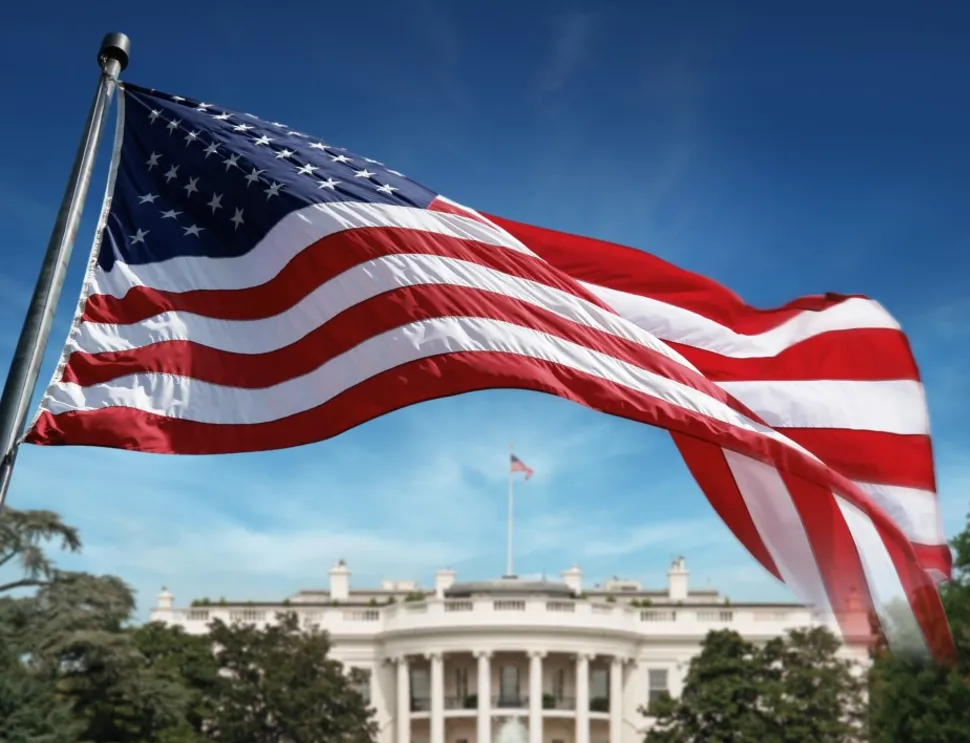
Political Uncertainty in the US now off the Scale
With just over 3 months left before the 60th US presidential election takes place on 5 November, all eyes are on the US where the political uncertainty has recently gone off the scale in the wake of the Donald Trump assassination attempt in Pennsylvania on 13 July, the exit of Joe Biden from the election on 21 July, and the endorsement of his vice-president (VP) Kamila Harris as Biden’s replacement.
In the usual drawn out circus that is the US presidential race, these developments have really thrown fuel on the fire of political uncertainty and increased the polarisation among the US electorate, given the differing views within the electorate that the Republican Trump assassination was a) an inside job, b) was staged, c) had multiple shooters, and that the exit of Democrat Biden was a) voluntary, or b) a Democratic Party coup.
Since US presidential elections began in 1788-79, rarely have US presidential candidates been subject to an assassination attempt or pulled out of the race this close to the election, let alone both developments in the same presidential election race.
Throw in the fact that Harris has not even become the official Democratic presidential nominee and has not even chosen a VP candidate of her own, and the lack of predictability in this presidential election is arguably unprecedented. Not to forget that there are also some other interesting candidates in the presidential race, such as Robert F. Kennedy Jr as an independent, and Chase Oliver for the Libertarian Party, both of who will split the overall vote thus making it harder to predict the overall outcome
Remember also that US congressional elections are also being held in November at the same time as the presidential election, with all 435 seats in the lower House of Representatives up for election, and roughly one third of the 100 seats in upper house Senate up for election. These congressional elections also add to the uncertainty mix both politically and economically.
Uncertainty here (politically and economically) refers to that fact that future outcomes are unknown or are unquantifiable. Risk refers to estimating or predicting probabilities of outcomes.
While political uncertainty is the catalyst, economic uncertainty is the outcome, and financial markets – which are forward looking pricing mechanisms – will try to quantify this economic uncertainty in terms of risk, by weighing up the likelihood of a Republican or Democratic White House in 2025.
While at this point in the US presidential race, general economic uncertainty is influencing financial markets more than specific policies, markets will shift to looking at the impact of policy changes when it becomes clearer who is going to be in power in 2025. In either case, the prospect of market volatility and political change is currently a supporting environment to safe haven assets such as gold.
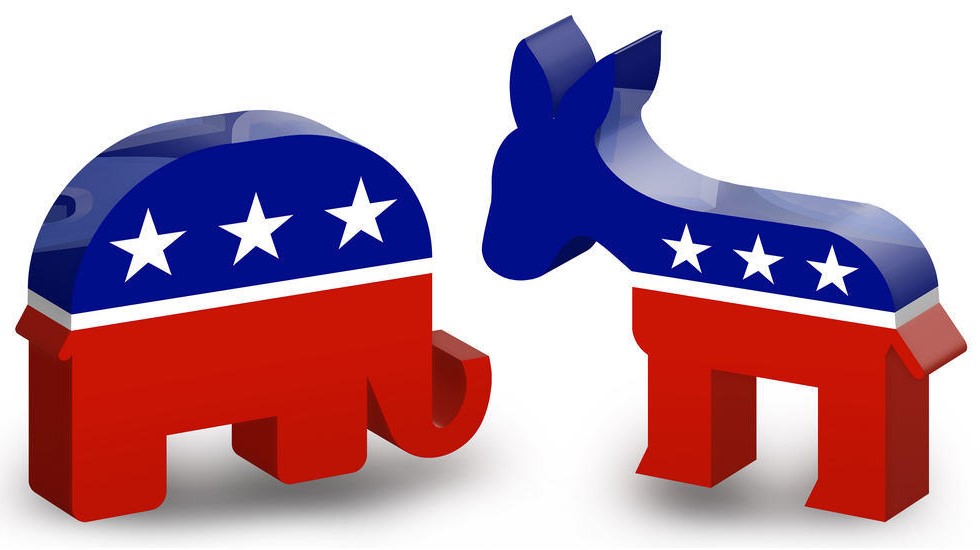
At this point in time, there is no official Democratic presidential nominee, and it is not clear what the economic policies of a Harris presidency would look like. Markets are therefore assuming that a Harris presidency would follow the same policies as the Biden administration.
Therefore just as an illustration, it’s worth looking at some of the policy changes that a shift in presidential power from Democrat to Republican could bring, as the planned policies of Trump are more well documented and contain many potential ‘policy shifts’.
Policy Shifts under a Trump Administration
One of the policy changes signalled by a new Trump administration is a ramp up of trade protectionism via increased import tariffs. Trump has pledged the imposition of a 10% tariff on all products imported into the US, and a 60% tariff on all imports from China (which would be sure to accelerate a US-China trade war and increase geopolitical risks). However, the knock-on effects of such tariffs however would mean higher prices for US consumers, higher price inflation, and in effect being an increased tax burden on US households.
In geopolitics, Trump is a backer of Israel, and the US now increasing risks getting pulled into an Israel ignited mid-eastern war.
In taxation policy, Trump said his administration would reduce personal and corporate income taxes, which although it might increase economic growth, would also hugely increase the federal budget deficit if no corresponding spending cuts were made.
Trump has also said that he wants a weaker dollar so as to increase US exports, but his overall proposed policies in general point more to a stronger dollar, a contradiction which in itself could cause uncertainty and volatility for the US dollar in foreign exchange markets.
Trump also opposes climate change legislation, which he refers to as the ‘Green New Scam’, and has vowed to undo major pieces of US environmental legislation, while increasing investment in fossil fuels and traditional infrastructure spending (roads and transport etc).
A future Trump administration also plans to deport the millions of illegal invader immigrants that have arrived into the US during the Biden-Harris years, calling the plan the “largest deportation in history”.
Importantly, Trump is also seen as interventionist in relation to the US central bank, the Federal Reserve, from trying to influence interest rate discussions to using nominations to influence the choice of Fed president, heads of the regional Federal Reserve banks, and members of the Federal Reserve Board.
According to the Wall Street Journal last April, a group of Trump’s allies has already drafted policy that “would attempt to erode the Federal Reserve’s independence if he wins”, including “that Trump should be consulted on rate decisions and would have the authority to remove Jerome Powell as Fed Chair before his term ends in 2026”. Such interventions have the potential to heighten uncertainty around US monetary policy while spooking financial markets.
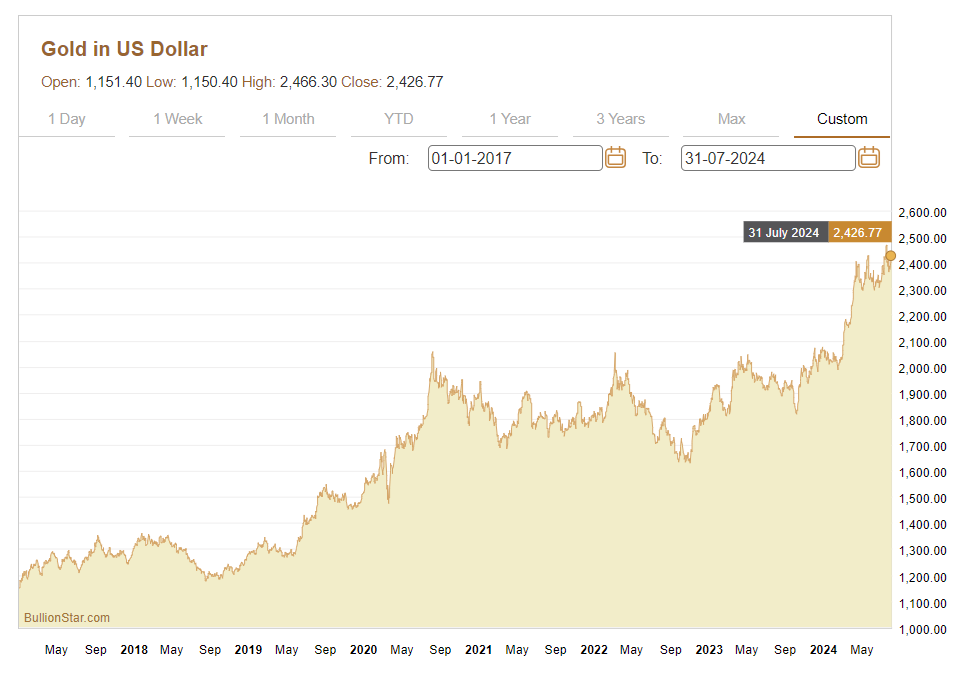
Gold Price Performance – Trump vs Biden
Although Biden is now out of the election, a head-to-head comparison of the gold price performance during Trump’s 2017-2021 presidency and Biden’s 2021-2024 (to date) presidency is worth noting.
During Trump’s presidency (20 January 2017 – 20 January 2021), the US dollar gold price increased by 54.4% from $1205 to $1860 per troy ounce.
During Biden’s presidency (20 January 2021 – to date), the US dollar gold price has risen by 30.5% from $1860 to $2427 to date.
Therefore, the gold price increased by nearly 80% more under the 2017-2021 Trump presidency compared to the 2021-2024 (to date) Biden presidency, and is the nearest proxy they we have for comparing what gold would do under a possible new Trump presidency vs a new Democrat candidate presidency. While there are obviously multiple concurrent factors constantly influencing the international gold price and not just the US presidency, the above is interesting nonetheless.
Interestingly, the latest Bloomberg Markets Live Pulse survey, published on 28 July, found that a majority of respondents (53% said that gold is the best safe haven play during a possible Trump presidency, while only 26% of respondents opted for the US dollar as the best safe haven.
Furthermore, a full two-thirds of respondents in the survey expect that a Trump win would undermine the US dollar’s status as the world’s reserve currency.
US National Debt and Budget Deficits
Apart from political and policy changes that influence inflation, interest rates and the relative value of the US dollar, the existing long-term structural problems of the US economy in terms of persistent annual budget deficits (currently $1.86 trillion), a continually ballooning national debt ($35 trillion and rising), and the constantly raised debt ceiling should not be forgotten, and will continue to exist irrespective of who is in the White House or which side of the Republican/Democrat hydra controls the US Congress. Not to mention the vast interest payments on the US national debt which now exceed US$ 1 trillion per annum.
Furthermore, any dramatic shocks to financing this colossal national debt, for example foreign holders of US debt such as BRICS dumping US debt securities (a trend which is being exasperated by the US imposition of sanctions) could create financial market instability, a US sovereign debt crisis, and a potential US debt default, all of which are gold positive.
As the Washington Times wrote on 25 July in an article titled “How four U.S. presidents unleashed economic warfare across the globe”:
“Today, the United States imposes three times as many sanctions as any other country or international body, targeting a third of all nations with some kind of financial penalty on people, properties or organizations.
They have become an almost reflexive weapon in perpetual economic warfare, and their overuse is recognized at the highest levels of government.”
Financial Markets spooked by political stalemate in France
Turning to France, political uncertainty in France is nearly as acute as in the US, and this is despite recent French elections. While the timing of current quagmire in French politics can be explained in terms of election outcomes (see below), at its heart it is due to the same phenomenon as elsewhere, i.e. polarised electorates of right versus left.
During the first half of June, Renaissance, the centrist party founded by French president Emmanuel Macron suffered a heavy defeat in European elections, where the right wing National Rally party (anti-globalist, anti-European Union, anti-immigration and anti-climate change policies) came in first place with over 31% of the vote, more than twice the vote as Renaissance.
This shock to the left wing and centrist parties triggered Macron to call a country-wide legislative elections for France’s National Assembly (the lower house of the French parliament), where during the 1st round of elections, the right-wing National Rally party also came in first place with 33% of the vote.
This second shock caused Macron’s centrists and a left-green patchwork alliance (called the New Popular Front (NPF), to join forces and collude in the 2nd round of elections to withdraw over 200 of their combined candidates, so as to concentrate votes to win enough seats to prevent right wing National Rally from forming a government.
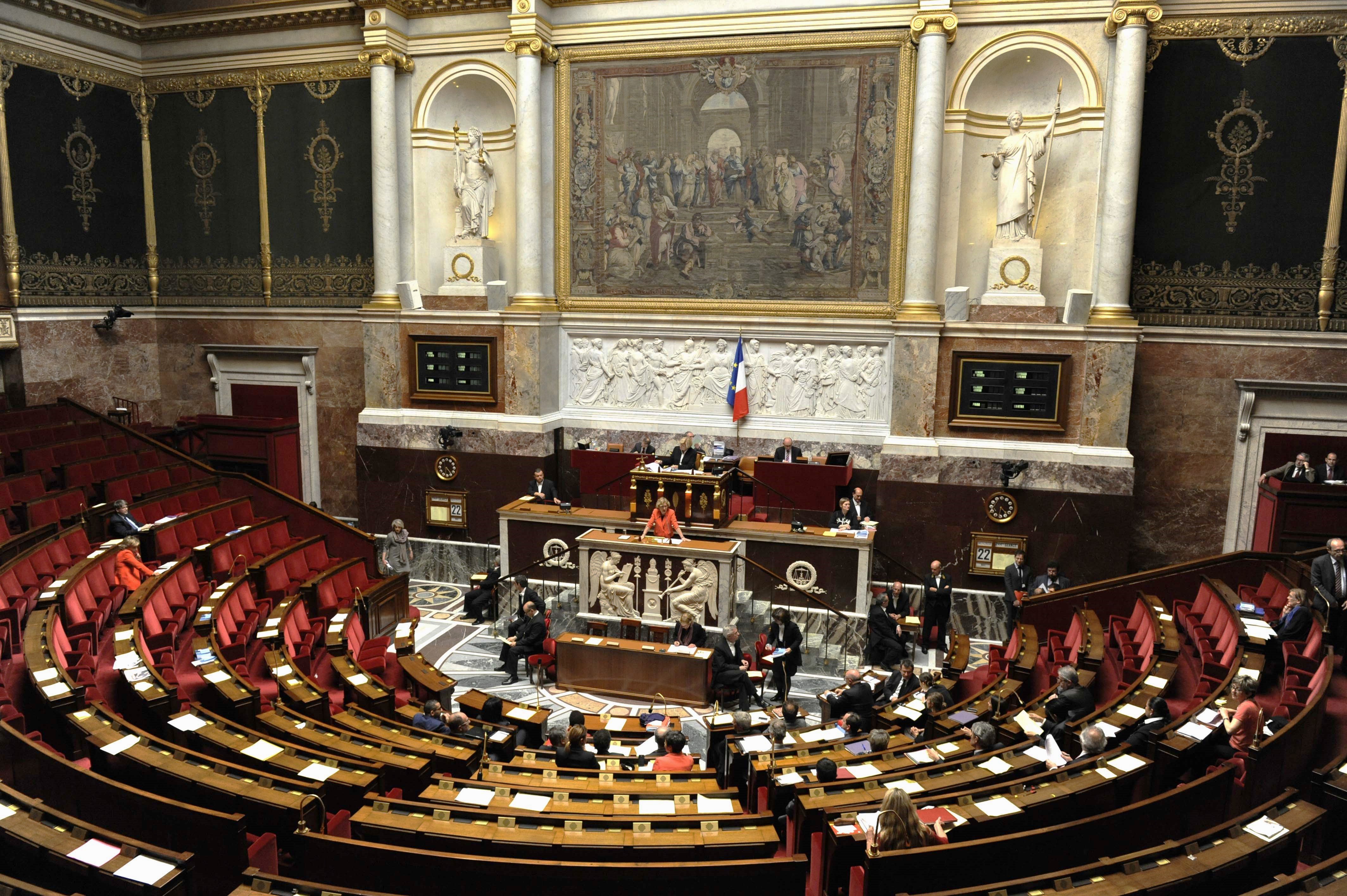
While the centrists and NPF managed to prevent National Rally from winning a majority, the alliances backfired as the NPF refuse to enter a coalition with the centrists. This has now left French politics in a gridlock state of paralysis, with no party or political ideology with a clear majority, and with a care-taker government under prime minster Gabriel Attal until after the Paris Olympics is over after 11 August.
This hodgepodge of leftist and centrist parties has already started in-fighting, as their economic policies are so different from each other in many areas including trade policy, taxation and retirement age. But their most high-profile fight is overwho will be the new prime minister, a prime minister who Macron will have to govern alongside (Macron in charge of foreign policy and the prime minister in charge of domestic policy).
When the NPF proposed a left-wing prime minster candidate recently, which they are entitled to do as the largest force in the National Assembly, the candidate was instantly rejected by Macron, who played for time saying that “until mid-August, we’re in no position to change things, because it would create disorder”.
This, not unexpectedly, has led to even more political fallout, and has left France’s political and economic landscape strewn with uncertainty and with French financial markets unsure of what happens next. See for example, the Financial Times article “France’s political impasse threatens a decade of solid economic progress” published 31 July, and The Banker’s “Paris’s financial hub status threatened by French election turmoil”, published 31 July.
All of which should make gold an ideal safe haven right now for risk averse French investors.
Seismic Shift after Labour Landslide in UK
Political upheaval has also returned to the United Kingdom (UK) following the UK general election on 4 July, with a seismic shift in power from the Conservatives Party to the Labour Party. In that election, the Labour Party secured an historic win with 410 seats in the 650 seat House of Commons against less than 120 seats for the previously in power Conservatives (the Conservatives worst showing in its 190 year history).
Labour are now in power in the UK with a clear majority, with the party’s leader Keir Starmer as prime minister. And not only have the Conservatives lost power, but their leader, the previous prime minister Rishi Sunak, resigned as party leader on 5 July.
This new political landscape in the UK is a great example of policy shifts, as Labour’s entry into power will being significant shifts in both fiscal and monetary policy, due to their differing economic agenda compares to the Conservatives.
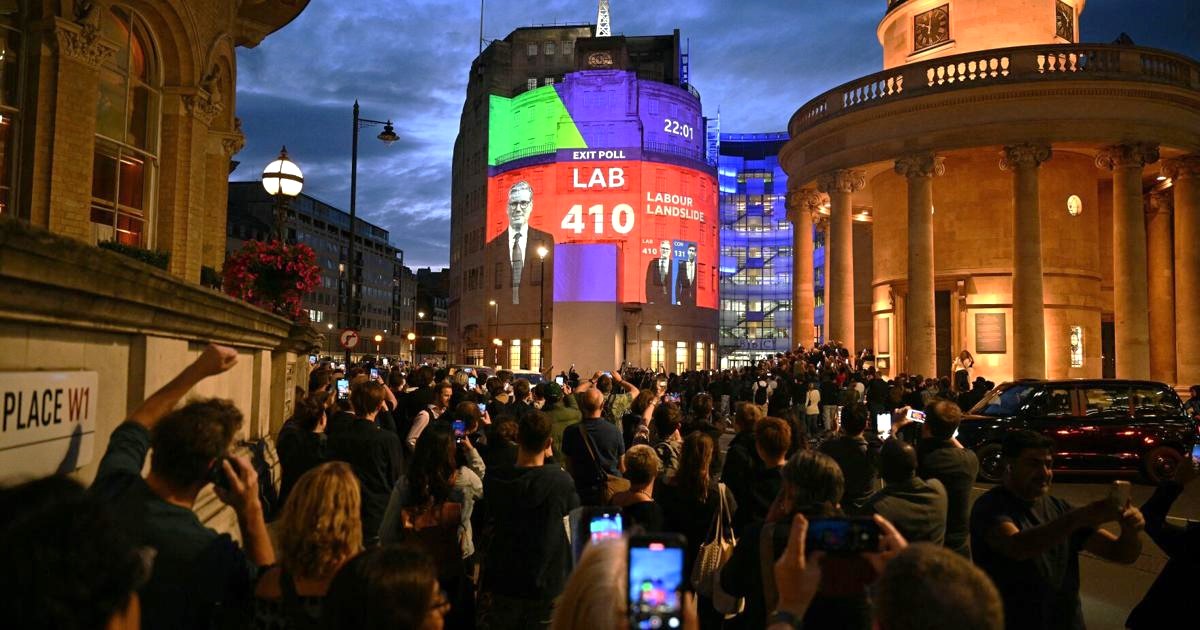
Labour’s economic strategy, traditionally and in its latest manifesto, includes increased public spending and fiscal stimulus on areas such as healthcare, education and social services. This increased public spending invariably will lead to higher inflation, increased borrowing meaning higher budget deficits, and also tax raises.
The new Labour government will also have an impact on the UK’s monetary policy. While in the UK the Bank of England is given independence to pursue monetary policy, the government of the day (in this case Labour) still has influence over monetary policy due to the fact that the government sets the remit for the Bank of England’s Monetary Policy Committee (MPC).
This is because the Bank of England Act 1998 requires that at least once per year the Government in power is required to define price stability and the Government’s economic policy objectives for the Bank of England to then follow. See last Monetary Policy Remit correspondence from November 2023 between Conservative Chancellor of the Exchequer and Governor of the Bank of England.
Apart from higher government spending that could lead to increased inflationary pressures, prompting the BoE to raise interest rates (currently at 5.25%), Labour could redefine price stability (as accepting the need for higher inflation), as well as tell the Bank of England to focus on broader measures of economic health apart from an inflation target (which is currently a 2% target).
Furthermore, the Bank of England is still engaging in massive quantitative easing, with the outstanding amount of QE still at GBP 693 billion (as of 10 July 2024). With quantitative easing, the Bank of England “creates new money electronically (as central bank reserves) and then uses it to purchase financial assets, mostly government bonds.“
Given that Labour economic policy also focuses on stimulating a stagnated UK economy, the new Labour government may realistically direct the Bank of England to expand its quantitative easing programme so as to stimulate the economy and inject liquidity into the financial system. This would mean more fiat money created out of thin air, higher inflation and a weakening British pound, all of which are positive for the price of gold.
Conclusion
Political uncertainty in some of the world’s major industrial economies is now much higher than it has been for decades. This uncertainty creates risk aversion among investors and creates safe haven demand for wealth preserving assets such as gold.
In the US, the level of political uncertainty is unprecedented, and is also marked by a deeply divided and polarised electorate. If Trump is elected and the Republicans win the majority of the seats in the House of Representatives, this will give them control of the legislative agenda which is expected to trigger policy shifts in fiscal policies, with fiscal stimulus in the form of higher spending, higher inflation, more FX volatility, as well as trade wars, protectionism and heightened geo-political risks, all of which further drive demand for gold.
Trump already has a track record while in power (over 2017-2021) of exerted pressure on the Federal Reserve monetary policies, such as to lower interest rates. If elected in November, this pressure could continue next year, potentially affecting the Fed’s independence and monetary policy direction, but being positive for the gold price. Even the outcome of the 2024 US presidential could create instability and civil unrest due to a highly polarised electorate whose two sides are suspicious of accepting the result.
Irrespective of the US presidential election outcome, the interest rate environment in the US is expected to see at least one rates cut between now and year-end, which again is positive for the US dollar denominated gold price.
In Europe, France is in political deadlock following indecisive elections between right and left, and this political turmoil is causing investor risk aversion and a flight to safe haven assets due to the economic uncertainty that it creates.
Meanwhile in the United Kingdom, the shift of political power from the Conservatives to Labour, although clear cut, now ushers in a new government eager to borrow and spend and to boost QE, with the associated risks of higher inflation. As gold is seen as a hedge against inflation as it protects purchasing power, Labour’s ascent is a positive development for gold.
All the while, central banks across the world continue to buy gold as a reserve asset, with the latest Central Bank Gold Reserves Survey for 2024 from the World Gold Council finding that 81% of respondents expect central bank gold holdings to increase during 2024. According to the survey, central banks are buying gold for a number of reasons, including inflation concerns, geo-political risk, concerns about sanctions, but also because gold has a ‘lack of political risk’.
As the political landscapes in major economies like the US, UK, and France continue to alter amid heightened uncertainty and economic policy shifts, the role of gold as a hedge against political risk, economic instability and inflation remains crucial.
Savers and investors should therefore consider diversifying their portfolios to include gold as a hedge against potential inflation, economic uncertainty and of course political risk.
Popular Blog Posts by Ronan Manly
 How Many Silver Bars Are in the LBMA's London Vaults?
How Many Silver Bars Are in the LBMA's London Vaults?
 ECB Gold Stored in 5 Locations, Won't Disclose Gold Bar List
ECB Gold Stored in 5 Locations, Won't Disclose Gold Bar List
 German Government Escalates War On Gold
German Government Escalates War On Gold
 Polish Central Bank Airlifts 8,000 Gold Bars From London
Polish Central Bank Airlifts 8,000 Gold Bars From London
 Quantum Leap as ABN AMRO Questions Gold Price Discovery
Quantum Leap as ABN AMRO Questions Gold Price Discovery
 How Militaries Use Gold Coins as Emergency Money
How Militaries Use Gold Coins as Emergency Money
 JP Morgan's Nowak Charged With Rigging Precious Metals
JP Morgan's Nowak Charged With Rigging Precious Metals
 Hungary Announces 10-Fold Jump in Gold Reserves
Hungary Announces 10-Fold Jump in Gold Reserves
 Planned in Advance by Central Banks: a 2020 System Reset
Planned in Advance by Central Banks: a 2020 System Reset
 Gold at All Time Highs amid Physical Gold Shortages
Gold at All Time Highs amid Physical Gold Shortages






 Ronan Manly
Ronan Manly 0 Comments
0 Comments










